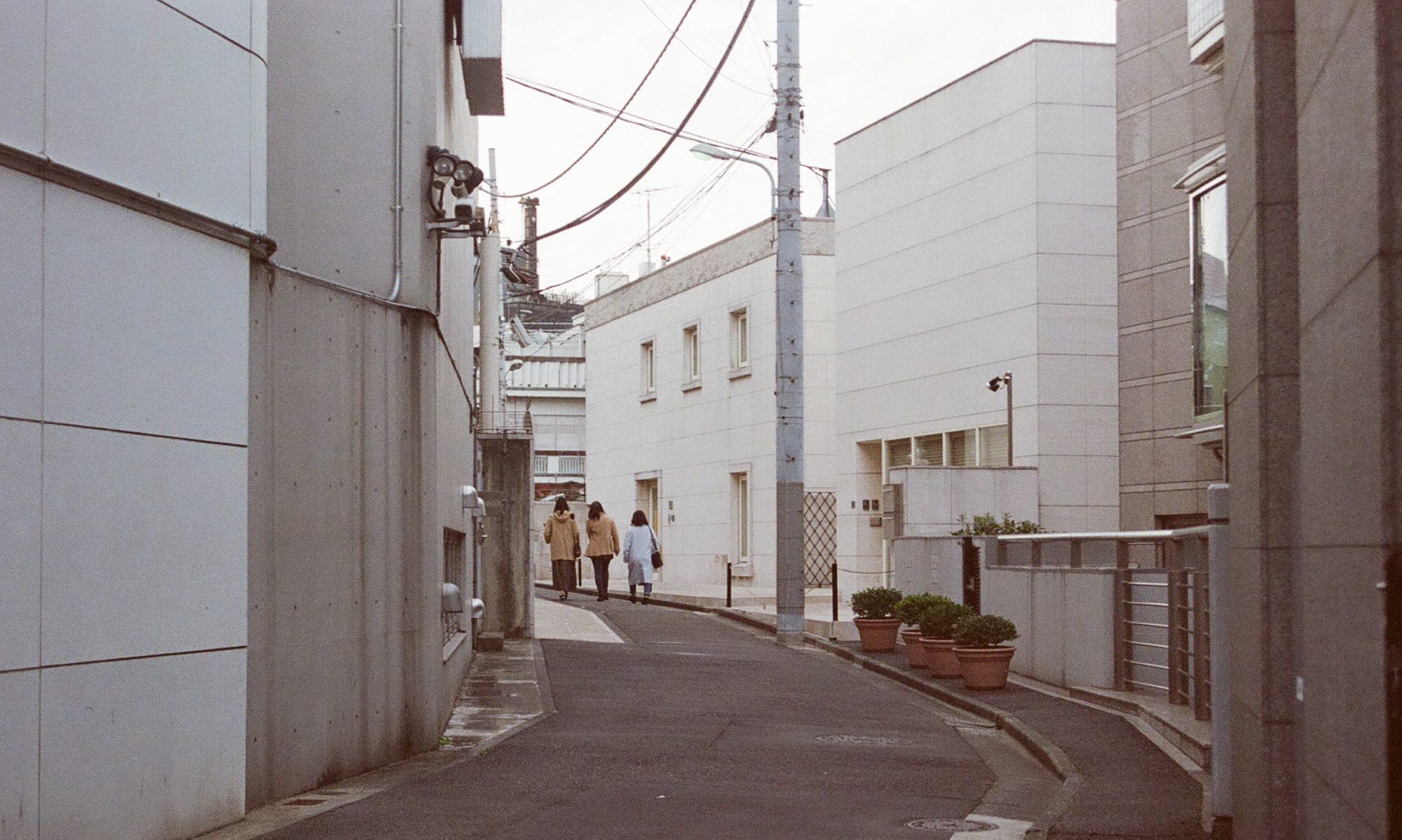
Week 10:
SENSORY EXPERIMENTS – Perceptual box
I built the perceptual box 🙂 I can now conduct my visual-tactile experiments.



Some Visual Experiments:
I experimented with two visual qualities of light that can be experienced visually in my perceptual box.
Some tests:
A. RHYTHM

Playing with the ‘blinking’ LED to create rhythm with light
> Varying the interval delay – Create different rhythms
B. MOTION
Using a servo motor to create a rotating wheel to vary the light source.

‘Sensory Modality Transition’ Experiments – Visual-Tactile (Week 12)
Aim: Associate tactile qualities with Visual Qualities of light
CONSONANCE and DISSONANCE
- Combine textures with the perceived/ disconnected tactile quality of light
eg. wet texture to some form of light - Using the experimental framework: three perceptual mode conditions
Visual expectation (V), Touch alone (T) and Touch following a visual expectation (VT) - To evaluate:
Perception of disconfirmation – difference between VT and V
Expectation effect – difference between VT and T
Perceptual incongruence – different between V and T
Light Textures Classification (Week 11-12)
Referencing ‘Sound Textures Classification’ http://alumni.media.mit.edu/~nsa/SoundTextures/
Human Perception of Sound Textures
– Perception experiments which show that people can compare sound textures, although they lack the vocabulary to express formally their perception
- the subjects share some groupings of sounds textures
- 2 major ways used to discriminate and group textures: The characteristics of the sound (periodic, random, smooth) and the assumed source of the sound (voices, water, machine)
Texture or not?

Perceived Characteristics and Parameters:
Come up with possible characteristics and qualifiers of sound textures, and properties that determine if a sound can be called a texture.

CAN I DO THE SAME FOR HUMAN PERCEPTION FOR LIGHT TEXTURES?
> Classify light textures
> Perceived Characteristics and Parameters – Quantifiers and Qualifiers
ISEA DATA gloves workshop – Hugo Escalpalo
Input gloves
– Measures specific finger anatomic and gestural positions as input
– Haptic feedback: Not as output. The design of the glove has in-built mechanism to incorporate proprietary feedback using Slider Sensors and Springs. When pulled forward, the gloves use resistance to simulate the feeling of grabbing an object.
– Intended to include tracking components to track position in VR

https://www.youtube.com/watch?v=MP9aJ5ThwK0
https://www.youtube.com/watch?v=Be3NTYqN0vA
Week 12-13:
- Come up with a lo-fi prototype for gloves that does not require tech, Using springs to trigger a sense of haptic touch based on gestural and action-based movements (articulation)
- Weight based simulation – Using liquid and hand position to simulate a sense
- Output gloves – Vibration (fingers and palms), Pressure (pull-back action using servo-motors), Weight, Proprietary position or feedback
Direction for Week 14:

- LIGHT TEXTURES CLASSIFICATION – create framework for perceptual experience and understanding
- GLOVE (low-tech/ haptic prototype) – design to impart a sense of touch of solid objects
- SENSORY DISSOCIATION/ ASSOCIATION EXPERIMENTS with light textures
